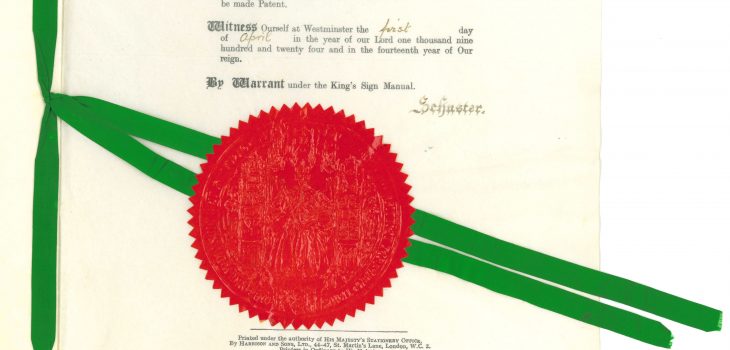On the 1st of April 1924 the School was granted its Royal Charter and it’s name was changed from the London School of Tropical Medicine to the London School of Hygiene and Tropical Medicine.
The School originally opened as the London School of Tropical Medicine on 2nd October 1899. It was part of the Seamen’s Hospital Society’s Branch Hospital at the Royal Albert Dock Hospital in the East End of London. The object of the School was to train students to study and treat tropical diseases. In 1924 the School’s remit expanded to also include the study of public health.
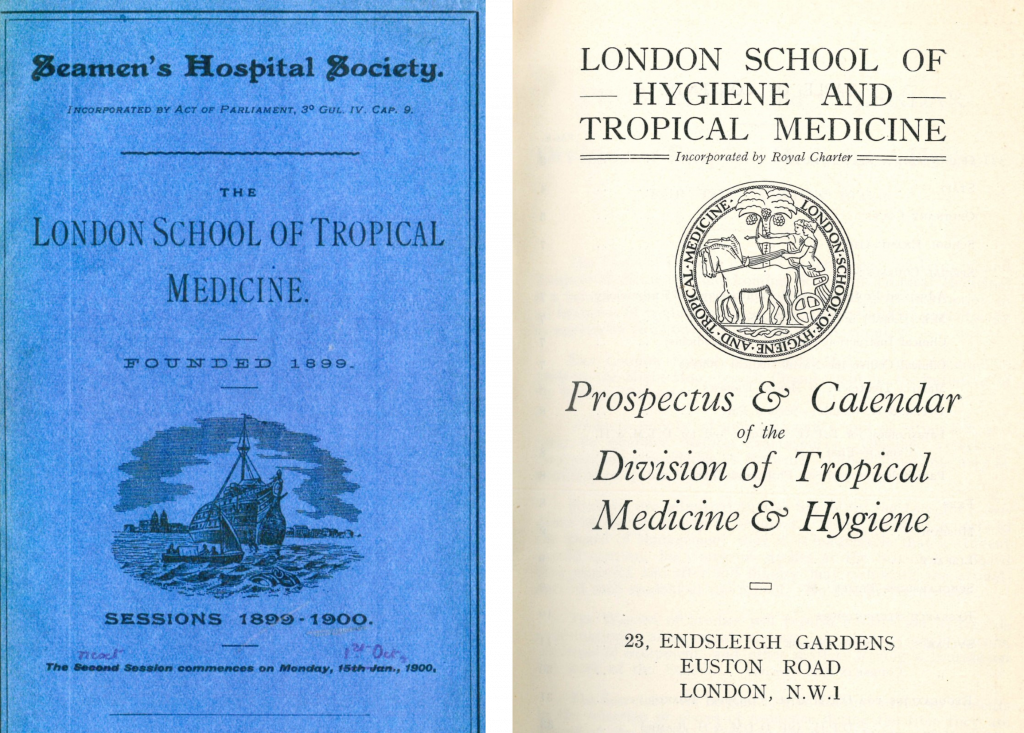
The Athlone Committee
A Committee on Postgraduate Medical Education in London, chaired by Alexander Cambridge, 1st Earl of Athlone, was created in 1921. The purpose of the committee was to investigate the needs of medical practitioners and other graduates of further education in medicine in London.
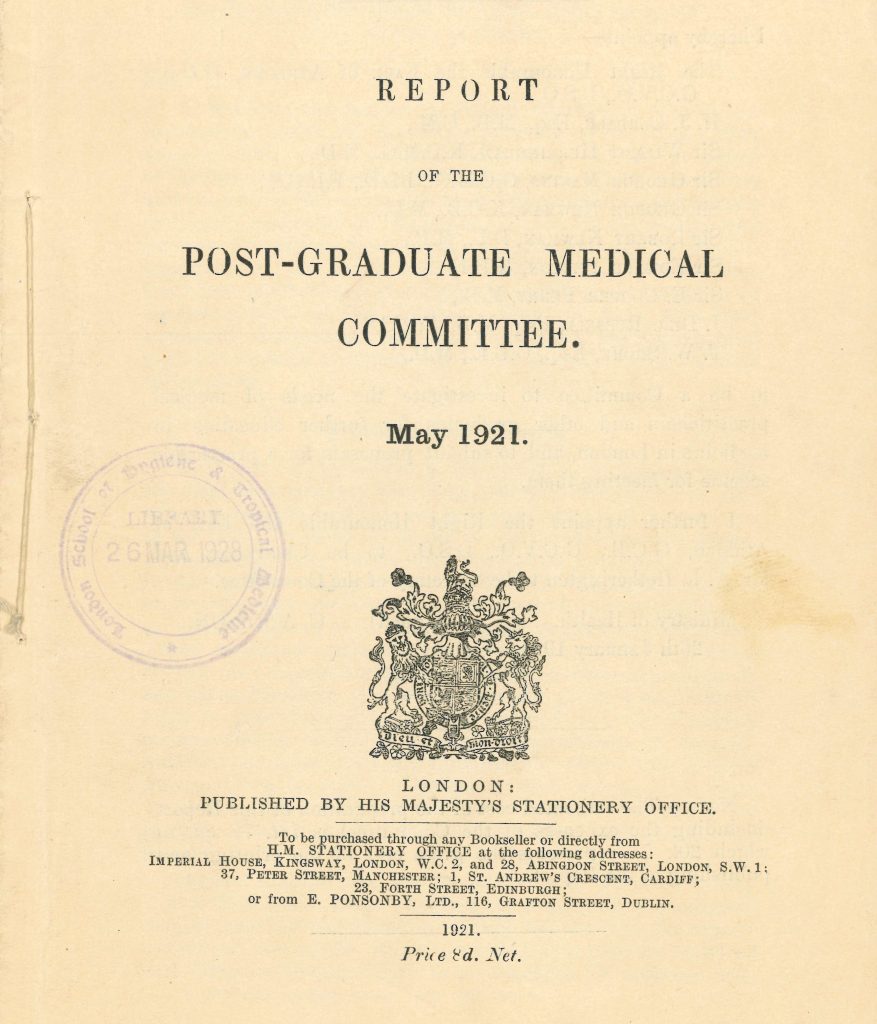
The Committee’s report was published in May 1921. It recommended that a School of Hygiene should be established in association with the London University as a postgraduate centre for the teaching of the public health. This was to include Public Health, Forensic Medicine, Industrial Medicine and medical ethics and economics. The scope of teaching was to cover ‘the maintenance of health and the prevention of disease in their widest applications, not only in temperate but in arctic and tropical climates.’1
It was also decided that a 34 person Court of Govenors was to be appointed by the Minister of Health, the Senate of the University of London, the Seamen’s Hospital Society, the General Medical Council, the Secretaries of State for Home Affairs, Colonies, India, War, Air, the Admiralty and various other government and medical bodies.
The Rockefeller Foundation
The establishment of a School of Hygiene in London was made possible by a donation of two million dollars by the Rockefeller Foundation. The donation was to be used for land, buildings and equipment for the new School of Hygiene and Tropical Medicine.
LSHTM’s connection with the Rockefeller Foundation was supported by Robert Leiper, a helminthologist who worked at the School from 1905 until his retirement in 1947.
In 1913, Wickliffe Rose, Director of the Rockefeller’s International Health Board, visited Robert Leiper at the School to consult on hookworm disease. This meeting marked the start of a connection between the School and the Rockefeller Foundation.
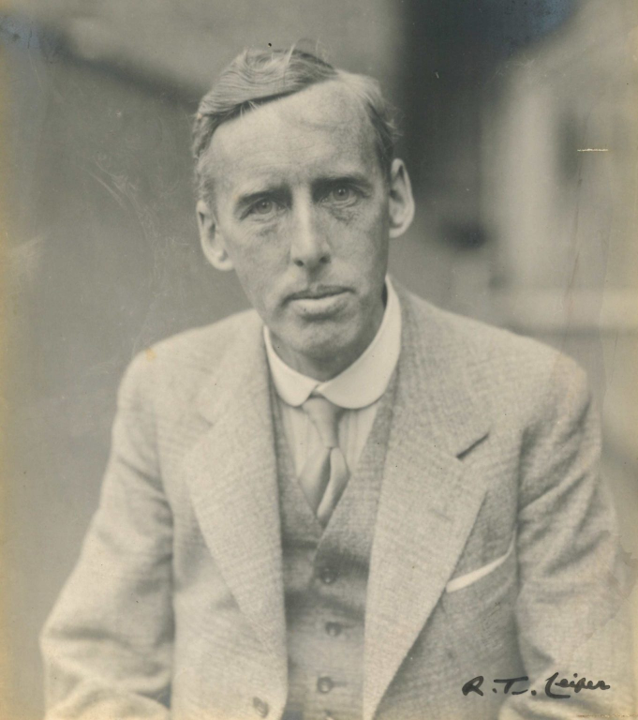
The Rockefeller Foundation also believed that there should be an institution in London which could be the European counterpart of the John Hopkins School of Hygiene and Public Health in Baltimore. In November 1919 Victor Heiser, Director for The East of the Rockefeller Foundation, wrote to Leiper that he hoped ‘that the next step in Great Britain will be the establishment of a great school of hygiene and public health.’2
In a March 1921 letter to Sir James Michelli, Leiper informed him that he had been invited to the opening of the Peking Union Medical College, built by the Rockefeller Foundation. He suspected there was ‘more in this than meets the eye’3 and that the visit would facilitate him and Rose further discussing the new institution.
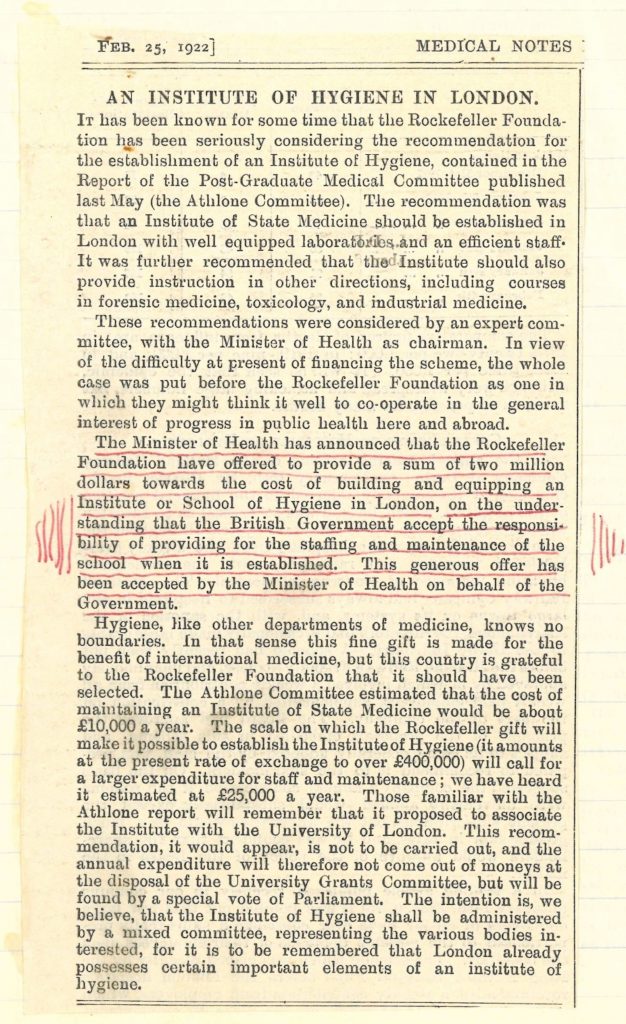
Purchase of the Keppel Street Site
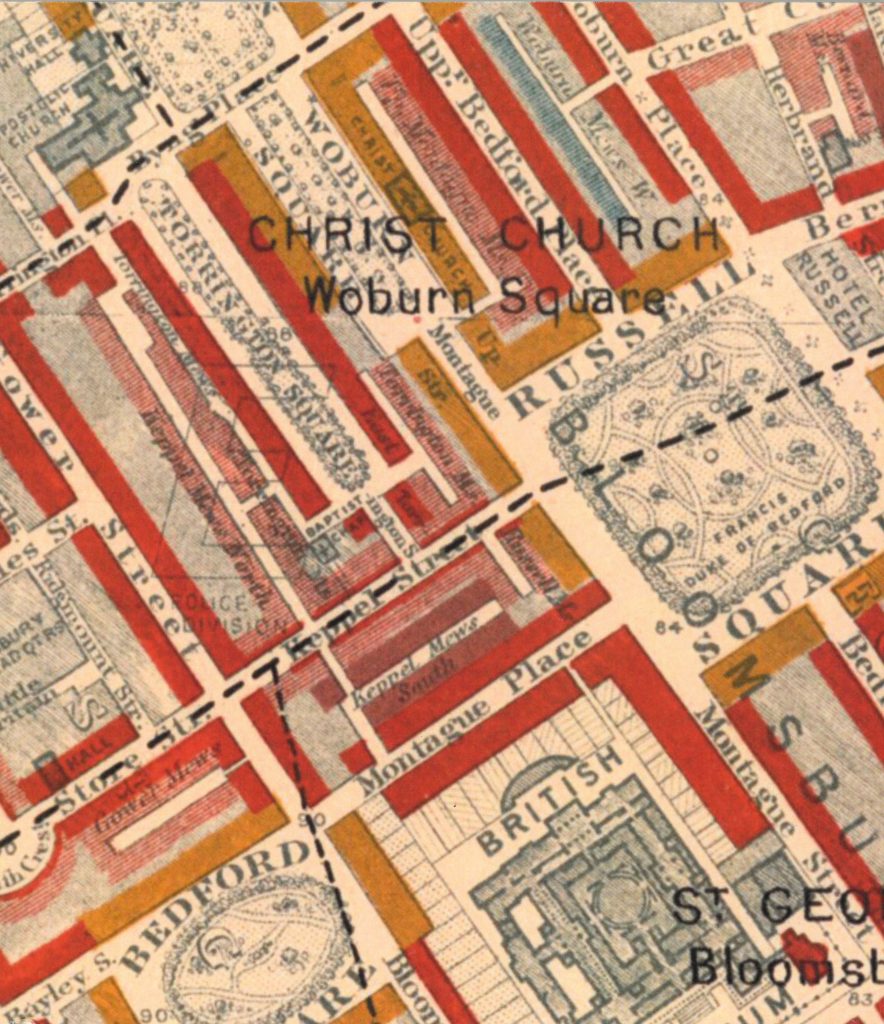
In March 1923, land was acquired on Keppel Street in Bloomsbury on which the new School would be built. The National Theatre Committee had purchased the Keppel Street site in 1913. It intended to build a Shakespeare Memorial Theatre in readiness for the tercentenary of the playwright’s death in 1916. These plans were shelved at the outbreak of the First World War.
In 1916 a YMCA hut called the Shakespeare Hut was constructed as a ‘home away from home’ for Anzac soldiers to rest, recover and be entertained. In 1923 the Rockefeller Foundation bought the site for £52,000 (which would be approximately £2.6 million today).
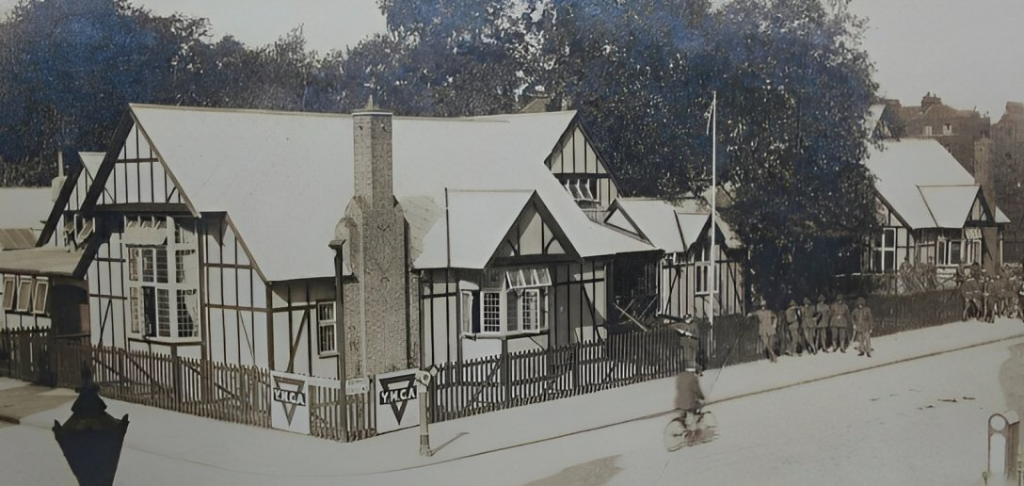
Royal Charter and Name Change
The School officially became the London School of Hygiene and Tropical Medicine on the 1st April 1924 and was given Royal approval by H.M. King George V when the Charter was signed. The Royal Charter is a significant document in the School’s history. It marks the departure from the Seamen’s Hospital Society and its amalgamation into the University of London.
The Charter stated that the School’s purpose would be ‘promoting study of and education in public health, hygiene, State medicine, and tropical medicine in Great Britain, the British Dominions, Colonies and Possessions, and in other countries, having a perpetual succession and a Common Seal’4.
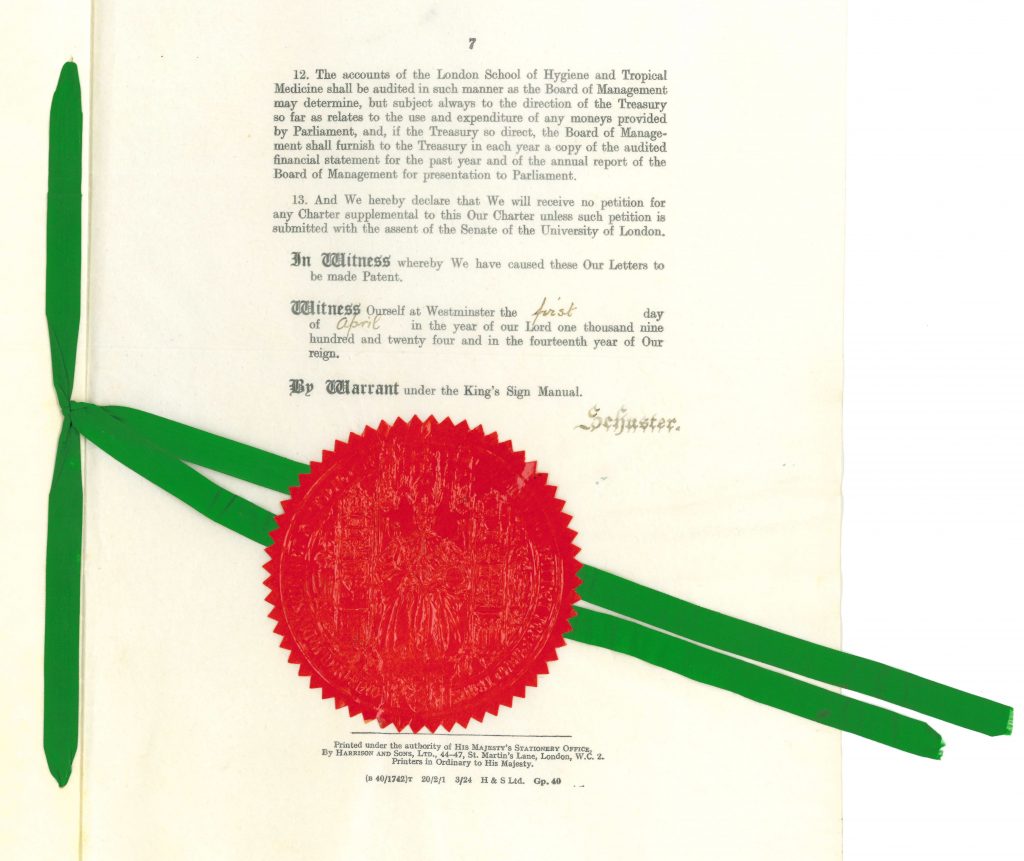
Continuation of Colonialism
The London School of Tropical Medicine was originally founded by Sir Patrick Manson in 1899. It was established with partial funding from the Colonial Office due to the viewed importance of tropical medicine to the development of the empire.
Sir Andrew Balfour was appointed as the first Director of the new London School of Hygiene & Tropical Medicine. His choice of career was influenced by the founder of the London School of Tropical Medicine, Sir Patrick Manson. He praised the ‘Masonian tradition’ and aimed to further the interests in which the School was founded5, illustrating that the introduction of public health to the School did not change its colonial aims.
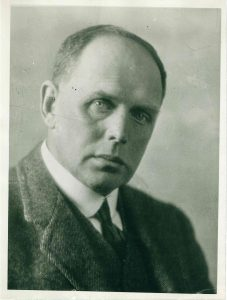
In a letter from J.H. Thomas, Secretary of State for the Colonies, he expressed concern that it would be an ‘irreparable loss […] if the activities of the existing ogranisation were in any way restricted, or if its close connection with the Colonial Office and Colonial Governments became in any degree less intimate or direct’6.
Despite the incorporation of hygiene into its curriculum, the School remained firmly entrenched in colonial pursuits, a testament to its enduring ties with the Colonial Office and its commitment to furthering imperial interests.
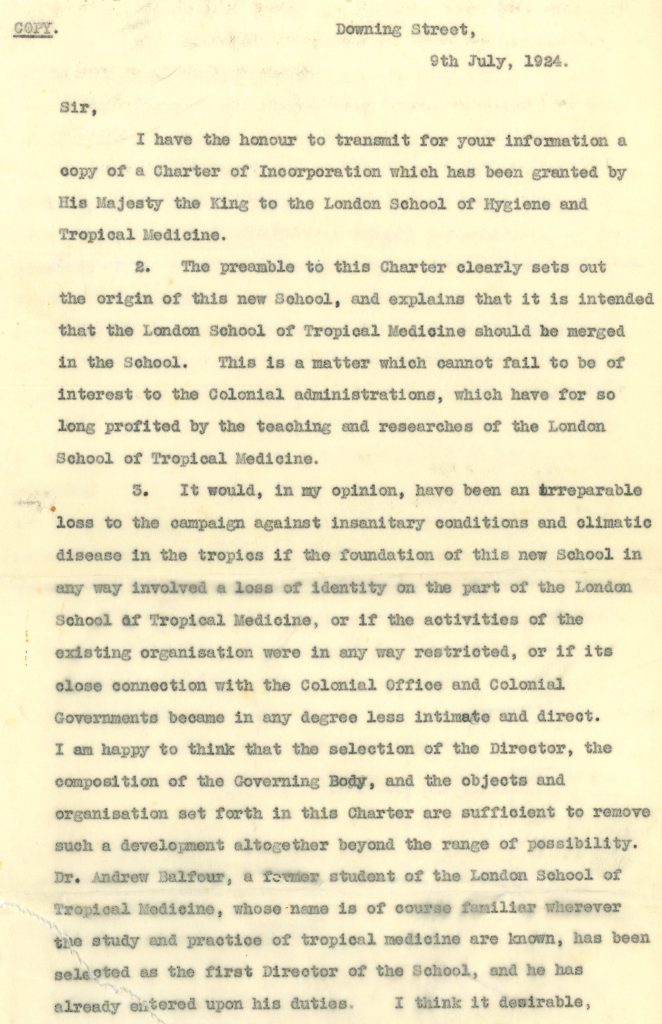
- Wellcome Collection, SA/LIS/K.5 (Athlone Committee on Postgraduate Medical Education in London; and establishment of London School of Hygiene and Tropical Medicine) ↩︎
- GB 0809 Leiper/03/05 ↩︎
- GB 0809 Leiper/03/05 ↩︎
- GB 0809 Admin/02/02/04 ↩︎
- Seamen’s Hospital Society Minutes Volume 9 ↩︎
- GB 0809 Admin/02/02/03 ↩︎




